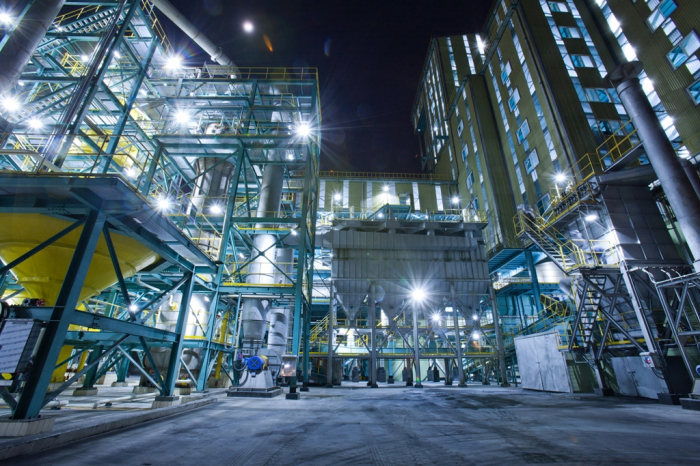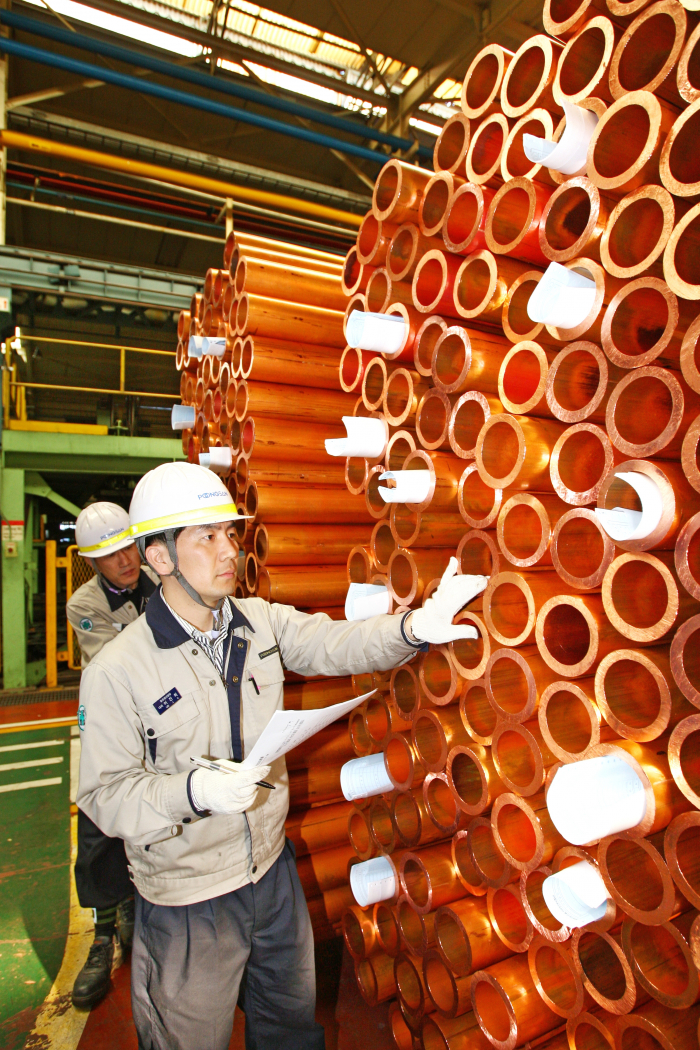Korea Zinc to ditch low-key strategy to go beyond metal
Korea Zinc expected to tap $2 bn cash reserves in search of growth drivers, while Poongsan focuses on key businesses
By Jan 06, 2022 (Gmt+09:00)
Samsung shifts to emergency mode with 6-day work week for executives


CJ CheilJedang to sell feed, livestock unit for $1.4 bn


Samsung Electronics' key M&A man returns; big deals in the offing


Affinity to buy SK Rent-a-Car at $572 mn, more deals expected


Keppel REIT to sell Seoul-based prime office T Tower



South Korea's two non-ferrous metal product leaders Korea Zinc Inc. and Poongsan Corp. are tipped to report their record earnings in 2021, after strong demand for lead, zinc and copper products pushed their prices higher in line with the global economic recovery.
Emboldened by the robust earnings, Korea Zinc, the worldŌĆÖs largest lead and zinc smelter, is keen to make its foray into new growth areas such as hydrogen and rechargeable battery materials, breaking free from its old mindset: focusing on what it has been doing well.
Korea Zinc. was projected to earn 1.1 trillion won ($914 million) in operating profit for all of 2021, according to analysts, topping the 1 trillion won mark for the first time since it was established in 1974.┬Ā
In the first nine months to September of last year, its consolidated operating profit leapt 27.2% on-year to 808.8 billion won.
In a new year's speech this week, Vice Chairman and Co-CEO Choi Yun-Birm said the company will go beyond a non-ferrous metal smelter and expand into renewable energy, green hydrogen, waste recycling and rechargeable battery materials.┬Ā
Armed with more than 2 trillion won ($1.7 billion) in cash reserves, the 48-year-old company is abandoning its decades-long, low-key strategy. Born in 1975, the third-generation leader from its founding family has been at the forefront of the change since he took the helm of Korea Zinc in 2019.
Last month, the company acquired 100% of Australia's largest renewable energy developer Epuron for an undisclosed sum.
Korea Zinc has been posting an operating profit margin of over 10% every year since 2006. It also makes substantial profits from gold, silver and sulphuric acid produced from by-products during the smelting process. Zinc and silver each make up 31.0% and 30.1% of the company's sales.

By comparison, Poongsan's operating profit nearly quadrupled to 249.7 billion won in the nine months to September 2021 from a year earlier on a consolidated basis. For all of 2021, its operating profit was projected at 300 billion won, its largest-ever annual results since it was founded in 1968.┬Ā
But the countryŌĆÖs No. 1 copper processor remains focused on its key businesses: copper products such as coin blanks and copper alloy sheets, as well as defense products like military ammunition.
"We always leave the door open to expand into new businesses like rechargeable battery materials. But for now, we put our priority on further growing our core businesses," a Poongsan official told The Korea Economic Daily.
Specifically, it will further increase its copper processing efficiency and expand its global sales network.
Poongsan's Chairman Ryu Jin, born in 1958, has been leading the coin blank maker since 2000. The second son of the company's founder Ryu Chan-U has
preferred to stay out of the spotlight as his late father did.
"It's too early to talk about his successor because Chairman Ryu keeps tight control of the company," said an industry source.
Write to Kyung-Min Kang at kkm1026@hankyung.com
Yeonhee Kim edited this article.
-
 Battery materialsKorea Zinc to double battery material output capacity
Battery materialsKorea Zinc to double battery material output capacityNov 24, 2021 (Gmt+09:00)
2 Min read -
 Hydrogen economyKorea Zinc expands from smelter to hydrogen, battery materials maker
Hydrogen economyKorea Zinc expands from smelter to hydrogen, battery materials makerSep 27, 2021 (Gmt+09:00)
3 Min read -



